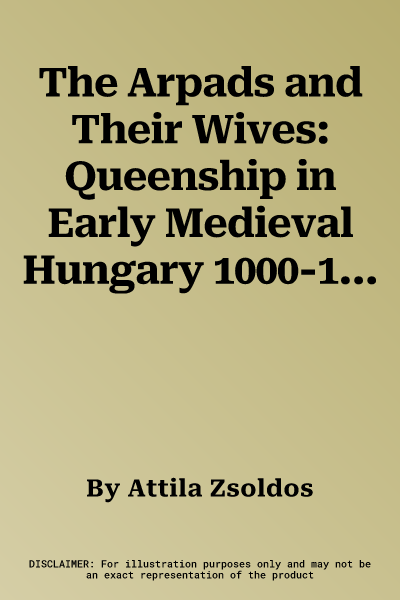The book describes the structure of the Hungarian queenship in the age
of the Arpads (11-13th centuries), and reveals the nature of the
relationship between the institution of the kingship and the queenship.
Several features in the institution of queenship would appear to be
parallel to that of kings; after all, the queens had estates (just like
the kings) with serfs (as on the kings' lands). The legal status and
structure of the order of these serfs were the same as in the kings'
household. The queen had a court (as did the king), there were similar
dignitaries in both courts, and the queen even had a chancellery to
issue charters in her name (similarly to the king). Yet, while the
individual elements of the two institutions appear to mirror each other,
there were significant differences in their quantity and importance,
those of the kings having a clear advantage over the queens'. This book
aims to clarify these essentially different structures. A major finding
of the book is to point out the place of the institution of queenship:
it was not parallel to, but, rather, within the authority of the king.
The institution of queenship remained within the boundaries set upon it
by the kings' authority throughout the age of the Arpads. As a result,
the institution of queenship did not benefit from the accumulation of
external influences brought along by the queens of various foreign
dynasties. Rather, just as the power of the kings, it was basically
shaped by factors characteristic of institutional developments within
Hungary.

